Typecache Interview #04: Sagmeister & Walsh
October 23, 2013
When Jessica Walsh, RISD 08, became a partner at Sagmeister Inc., it was a big shock to the whole design world. As fellow RISD alumni, we were also surprised and delighted. In three years working with Sagmeister, Walsh has added aggressively to the designer’s bold portfolio. The studio works fit within a wide range of mediums: identities, commercials, films, books, and even sculpture. Their work straddles the line between art and design. Recently, they exhibited original works at the MOCA in Los Angeles, CA and the Jewish Museum in New York. They have been recognized by some of the world’s most prestigious organizations from Graphis to TDC 56 and the One Club; most recently they took the Tokyo TDC Grand Prix. We were lucky enough to visit their office and speak to them about their work and typography.
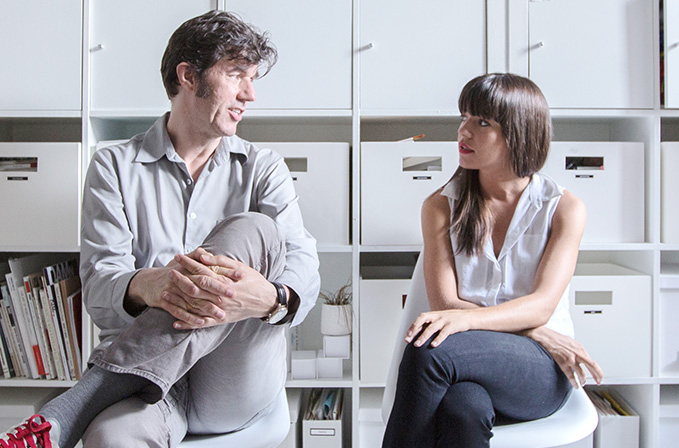
Sagmeister Inc. has had a very specific typographic attitude over the past twenty years. Jessica, how have you been adapting and evolving that? What are some of your personal ideas about typographic expression?
Jessica: Stefan is well known for his illustrative typographic maxims. I grew up in a home covered with hand painted maxims and idioms, so this is one of many reasons his work always resonated with me. I think you can see my ideas and expression come through in many pieces we’ve done recently.
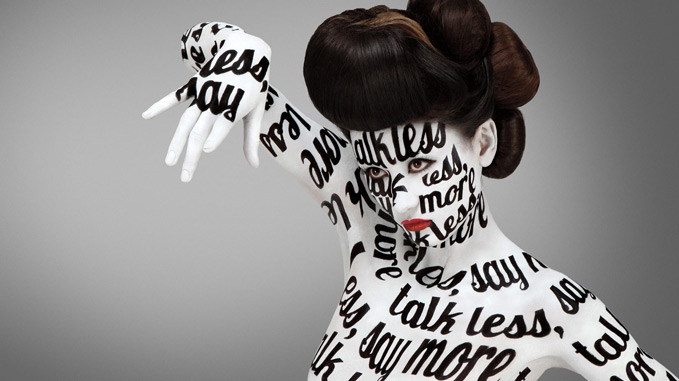
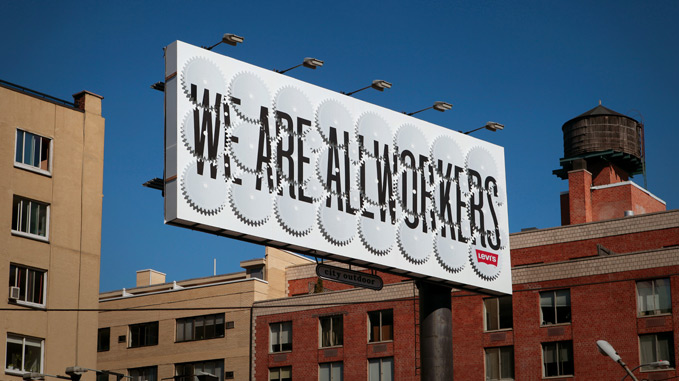
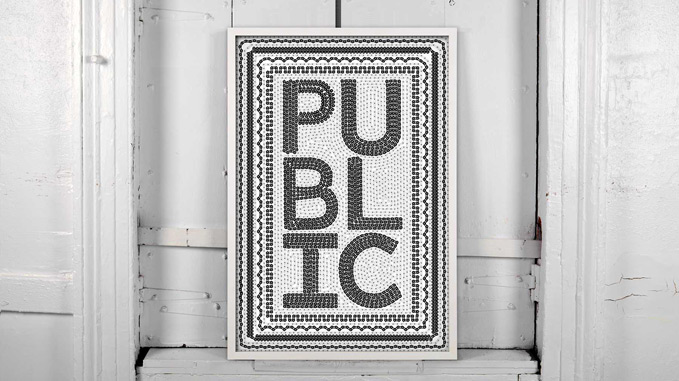
Graphic designers are the first to admit that they aren’t type designers. Would you consider yourself so? If not, what kind of skills do you think you lack that keeps you from crafting a full family of type?
Jessica: I do not consider myself a type designer. I have drawn typography, but always work with a professional type designer to clean them up and create them officially. I prefer to leave the technical and detail oriented side of creating a full family to the specialists. I’ve always felt that if there is someone out there who can do something much better than I can, and I have the budget to hire them, that is the way to go.
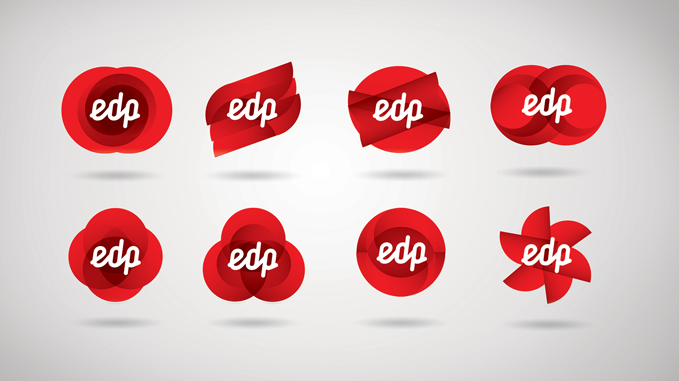
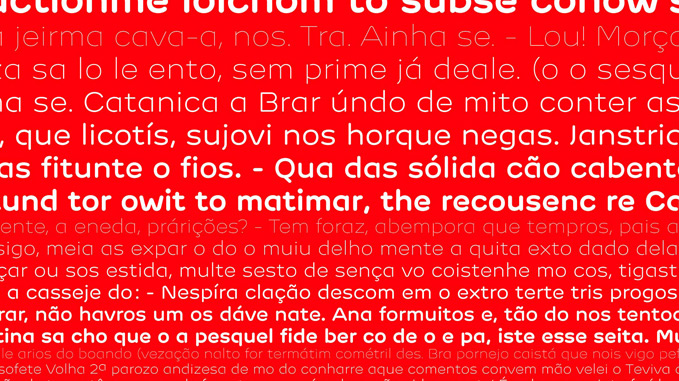
You and Ed Fella share the ability to create work that straddles the line between art and graphic design. Can you speak about that balance? Have you created work without letters or words?
Stefan: When I am a viewer, I never make a difference between work that comes out of the design or the art world, I just notice if its good or bad. As a doer, I am asked about it and then it does make a difference: “The easiest differentiation is one of functionality. Design has to work, art does not” (Donald Judd). Ed Fella created announcements for lectures that he designed after the lecture, i.e., they had no function anymore, and according to the above definition would have to be seen as art. Our own work so far has all been created with the expectation to work, to function, and that is why I have always seen it as design, even when it was created specifically to be displayed in museums of contemporary art.
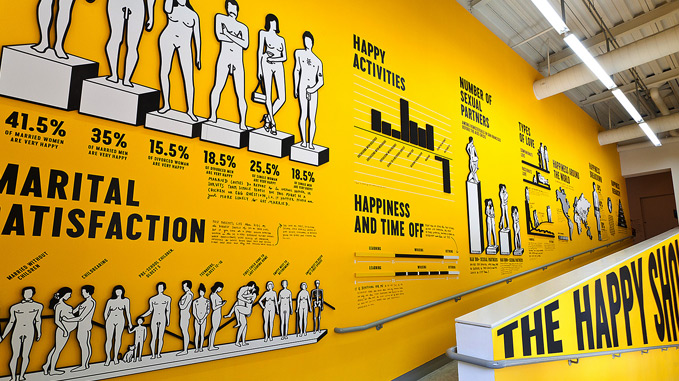
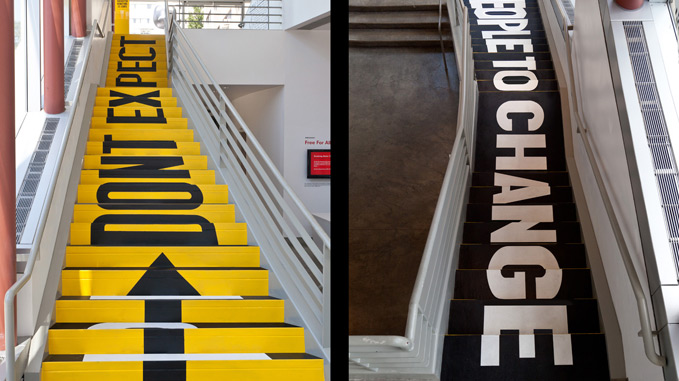
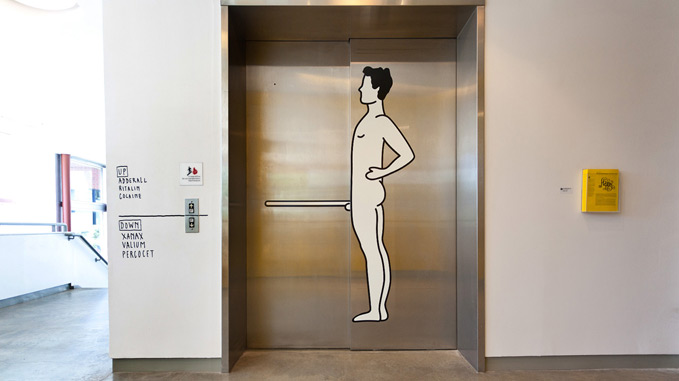
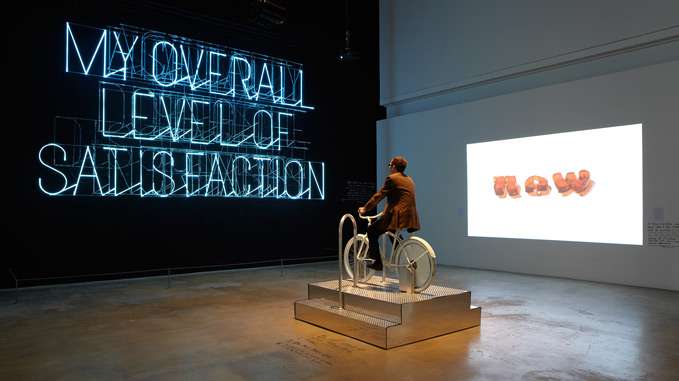
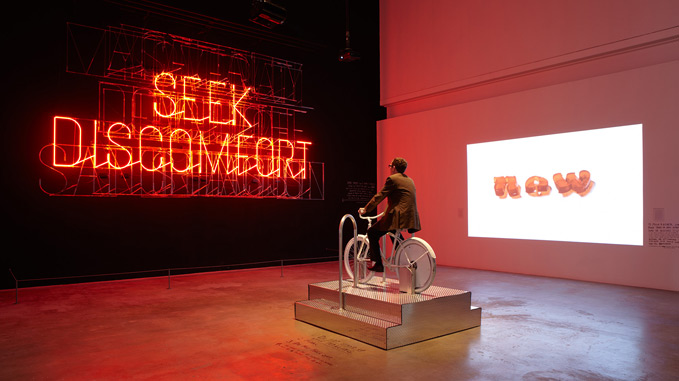
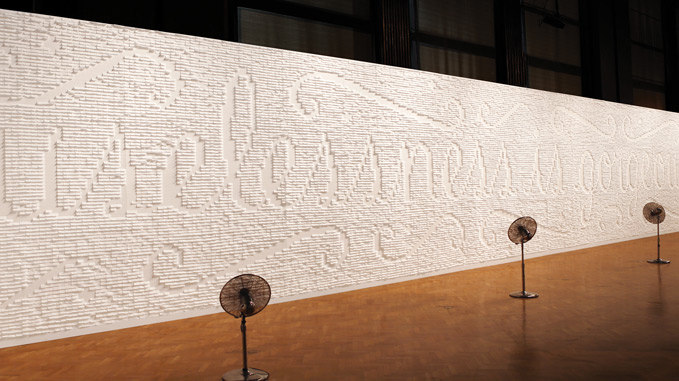
Type and graphic designers have long tried to express music through typography. Other than music packaging have you created work in a similar vein?
Stefan: We were asked a couple of times, but so far I’ve always resisted. We have recently worked with Esteban Diacono, he did a really good piece, check out his work.
Who are some typographers and type designers you would like to work with today?
Jessica: There are so many amazing type designers and letterers I’d love to work with. A few off the top of my head: Christian Schwartz, Marian Bantjes, Jessica Hische, Alex Trochut, Hoefler & Frere Jones, Dana Tanamachi...
Both of you are trained as graphic designers. How has that informed your approach to your work? Where do you think design education is today? Is it more necessary than ever or has the proliferation of design tools made it less valuable?
Jessica: I am originally self-taught. I started coding and designing for websites when I was 11 years old, and did freelance web design for individuals and small businesses throughout high school.
With so many online resources, blogs, and easily accessible software, it’s not as necessary as it once was to get a design degree. I know many extremely talented creatives who are self-taught.
[That said,] I think design education can still be a very valuable and an incredible experience. The experience can vary so greatly depending on where you go, who your professors are, and who your classmates are, and what you choose to make of it.
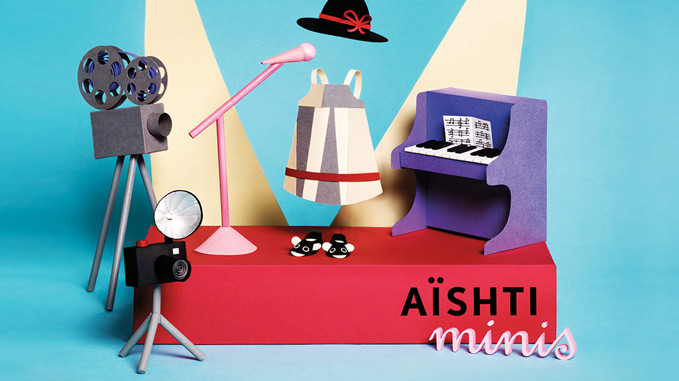
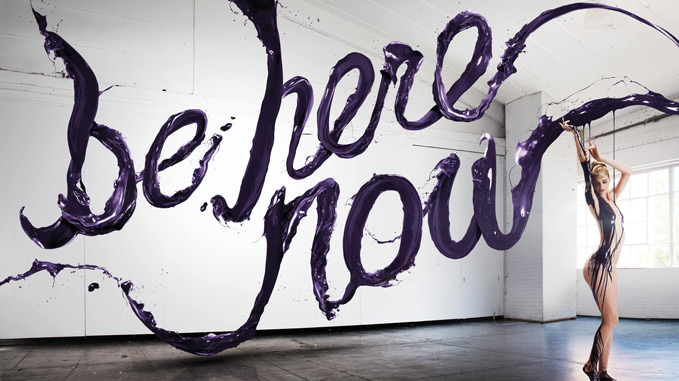
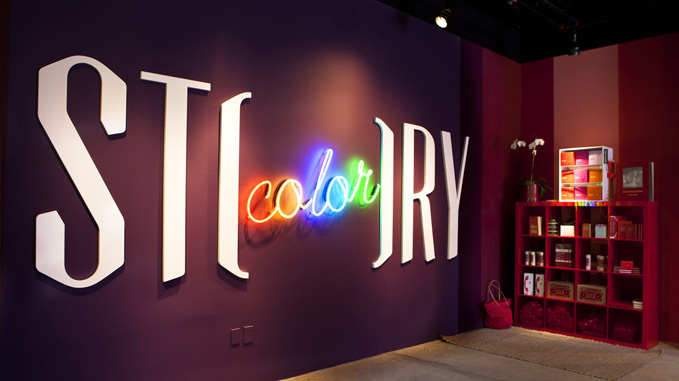
I went to RISD, and the first year I was required to do a “foundation year” focused on fine arts. Getting off the computer and experimenting with various materials was one of the most valuable things I took from my education. Another thing I took from my time at RISD was the value of creative collaborations. Many of my friends were in different creative majors such as industrial design or film. Learning to work with other creatives and integrating their skills into my own projects is a huge part of what I do now a daily basis to this day.
Do either of you teach? What kinds of surprises have you found in the classroom?
Jessica: Yes, I teach a core junior level design & typography class at The School of Visual Arts, and I absolutely love it. I am sure with each year and each group of students there will be unique and different surprises and challenges. With the students last year, I was surprised how difficult it was for many of them to think conceptually. In addition to style and form, I focused my class around idea generation and content authorship.
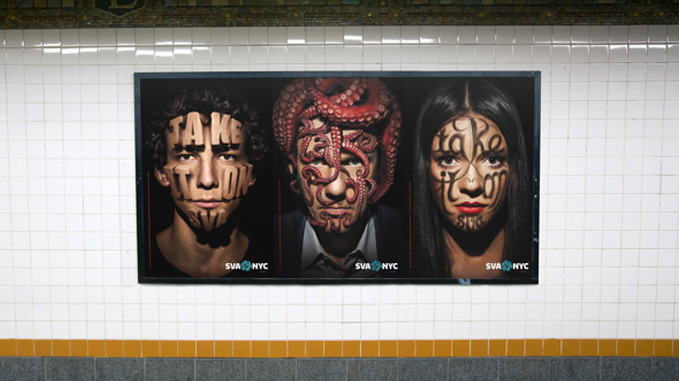
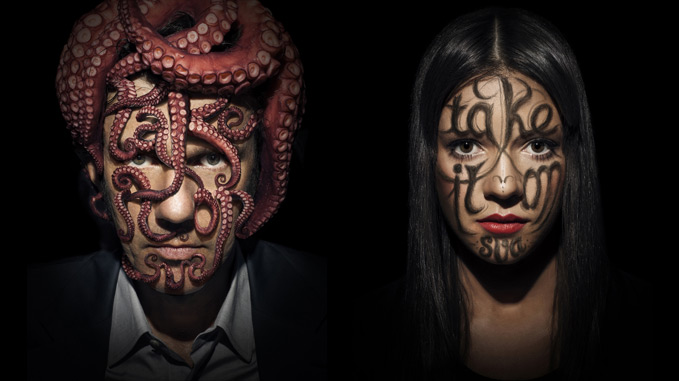
Where is your favorite city to work? To rest?
Jessica: Berlin is one of my favorite cities to play. Great creative community and energy, cute shops and restaurants, great nightlife, and cheap!
For working, I love to travel anywhere and everywhere. It’s surprisingly refreshing for me to work in a new environment away from the usual distractions of a studio environment. I have a miniature Wacom tablet and can work from just about any hotel room or airport.
Film sounds like a silent influence on the studio. What films have been consistently talked about and referenced to in the office?
Stefan: I don’t have very esoteric taste: Exit Through the Giftshop, Rivers and Tides, Searching for Sugarman have all influenced me recently.
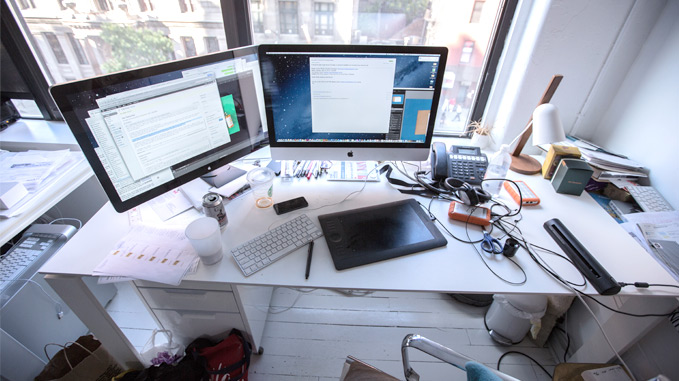
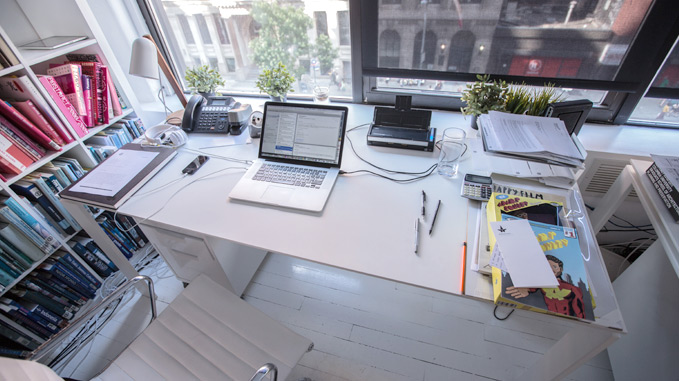
Both of you have encouraged people to be inspired by things outside of design. What and who are you most consistently inspired by?
Stefan: I’m consistently inspired by music lyrics, train rides, empty hotel rooms, art museums and objects that have nothing to do with the project I’m working on.
Jessica: Psychology, the surrealists, fashion, furniture, film, the universe, my morning latte.
I’ve been thinking more and more about how graphic designers can be more like product designers. I think this is particularly relevant in our current digital economy. Do either of you approach any of the studio’s briefs in a product-oriented way?
Jessica: Not intentionally but there are surely overlaps. I approach each project as a unique problem solving challenge based on the clients’ goals for any given project. I strive to create emotion[ly] driven work with a strong idea and beautiful form, that touches people in some way.
Can you introduce us to your current team?
Jessica: Right now we have three talented young designers working with us in the studio. They are also nice and fun to work with, which is extremely important to us. They are: Santiago Carrasquilla, Wade Jeffree, and Zipeng Zhu.
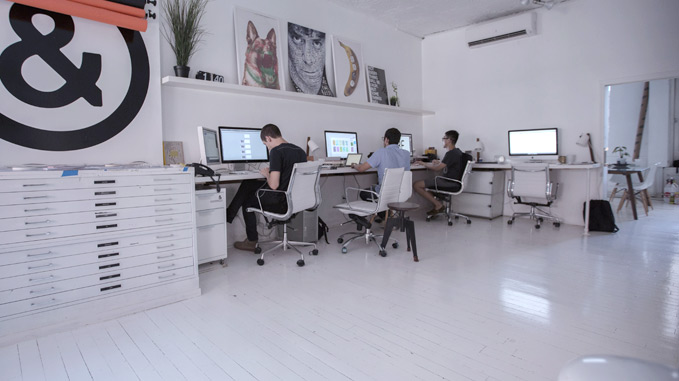
Thank you Stefan and Jessica for spending time with us.
Article by James Chae and Taro Yumiba